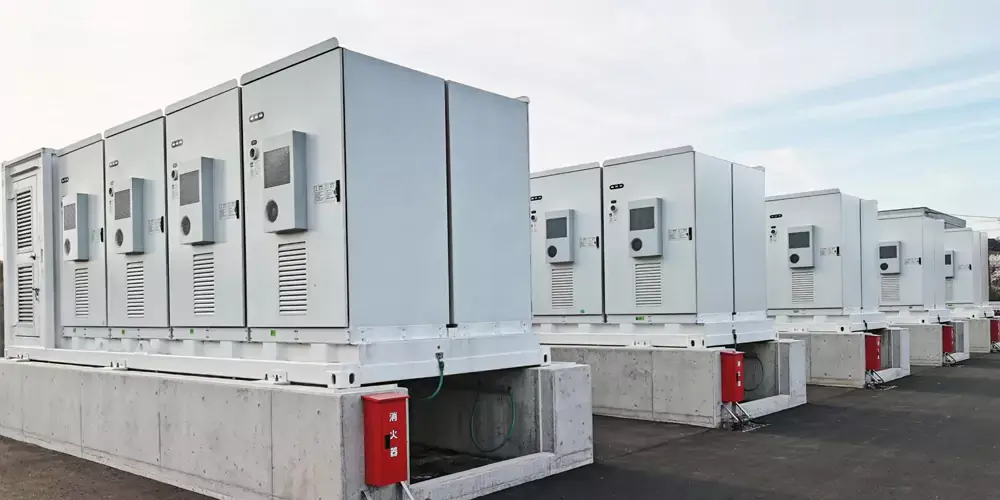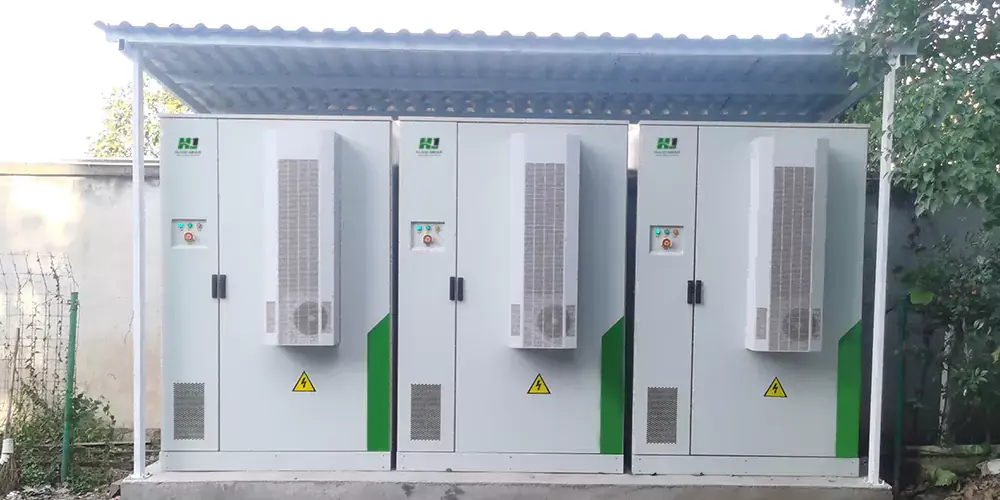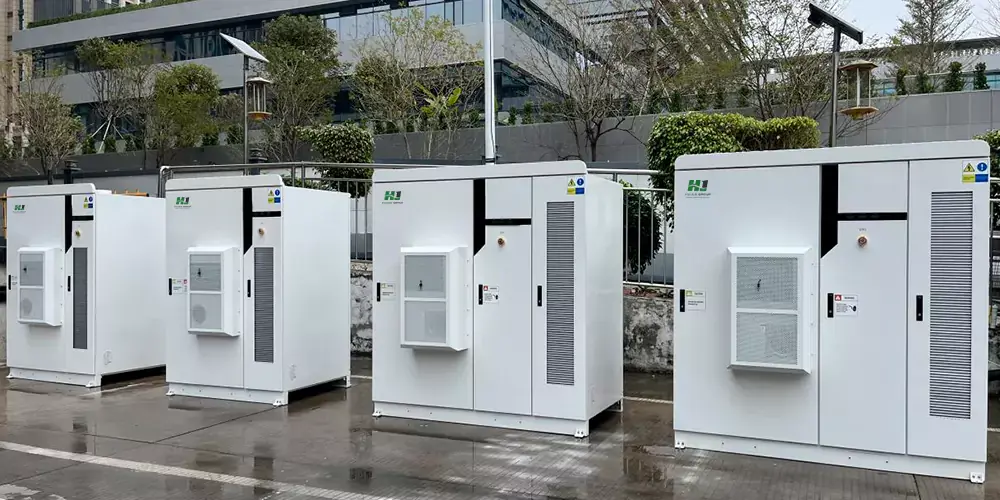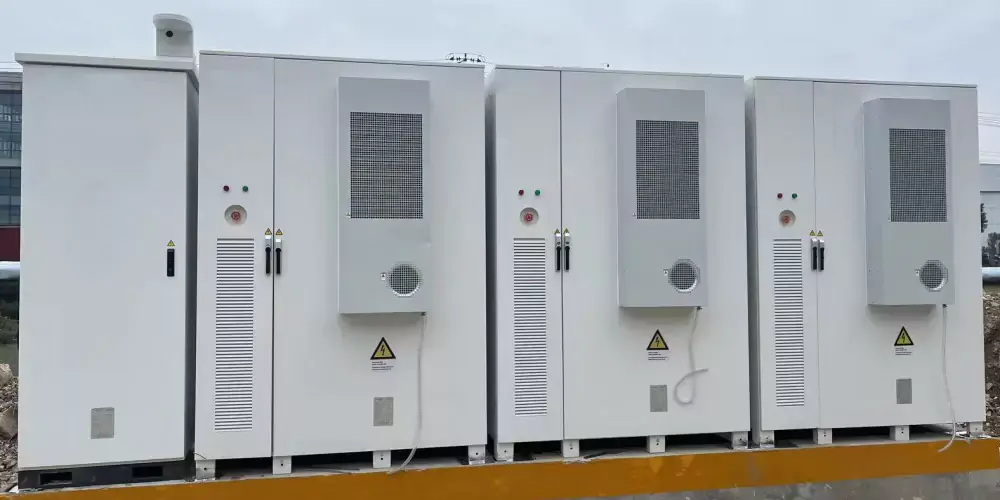How to Assess the Energy Demand of an Island?
In the context of global efforts towards sustainable energy, accurately assessing the energy demand of an island is of paramount importance. This not only influences the quality of life and economic development of the island but also plays a crucial role in the planning and implementation of efficient and sustainable energy solutions, including Island Energy storage systems.
The first step in this assessment is to understand the demographic characteristics of the island. This involves a detailed analysis of the resident population, including their number, age distribution, and occupation profiles. Different age groups have varying energy consumption patterns. For instance, younger individuals might have a higher demand for electronic devices and entertainment systems, while older residents might rely more on heating and cooling appliances. The growth rate of the population is also a significant factor. A rapidly increasing population implies a growing need for energy to meet the demands of new housing, infrastructure, and services.
The economic activities and industrial structure of the island need to be examined closely. Industries such as tourism, agriculture, fishing, and manufacturing each have specific energy requirements. Tourism, for example, might lead to peak energy demands during certain seasons, driven by the operation of hotels, restaurants, and tourist attractions. Agricultural and fishing activities might involve the use of energy-intensive equipment for processing and storage.
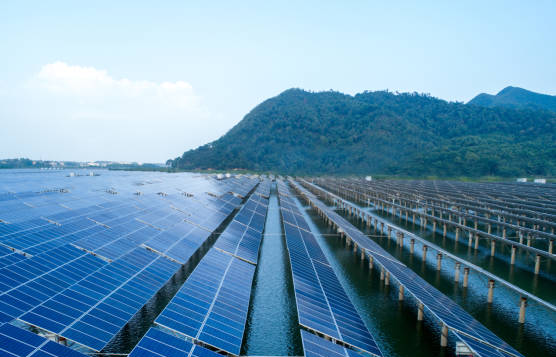
The built environment of the island is another critical aspect. The type and number of buildings, their insulation standards, and the efficiency of heating, ventilation, and air conditioning (HVAC) systems all contribute to the overall energy demand. Public facilities like schools, hospitals, and government buildings also have distinct energy consumption patterns that need to be accounted for.
The local climate and weather conditions have a substantial impact on energy needs. Islands located in hot and humid regions will have a higher demand for cooling during the summer months, while those in colder climates will require more energy for heating in the winter. The availability and duration of sunlight and wind patterns also affect the potential for renewable energy generation and the sizing of Island Energy storage systems..
Transportation on the island is another area that influences energy demand. The type and number of vehicles, whether they are gasoline-powered, electric, or hybrids, as well as the frequency and distance of travel, all contribute to the total energy consumption.
Collecting and analyzing historical energy consumption data is essential. This data provides insights into past trends, seasonal variations, and peak demand periods. It helps in forecasting future energy requirements and identifying patterns that can inform the design of energy storage solutions.
When it comes to Island Energy storage systems, their design and capacity depend on the nature and magnitude of the energy demand fluctuations. If the island experiences significant variations in energy production from renewable sources or sudden spikes in demand, a robust and scalable energy storage system is necessary. This could include battery storage, flywheel systems, or other advanced technologies depending on the specific circumstances of the island.
In conclusion, assessing the energy demand of an island is a complex but essential task that requires a multi-faceted approach. By considering factors such as demography, economic activities, the built environment, climate, and historical data, along with the integration of appropriate Island Energy storage systems, we can develop sustainable and resilient energy solutions for the island’s future.
Contact us
- Email:[email protected]
- Tel: +86 13651638099
- Address: 333 Fengcun Road, Fengxian District, Shanghai
Get A Quote Now!


